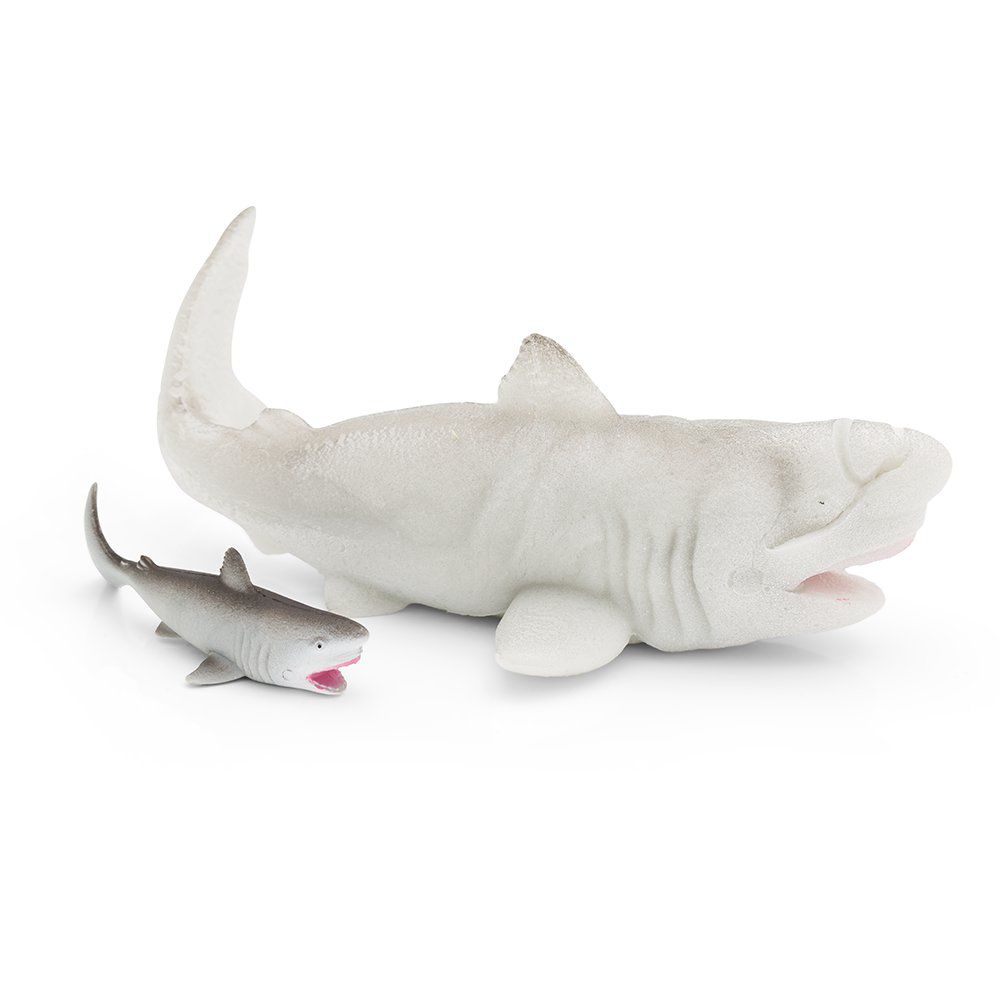A Very Thirsty Shark
€9.00 Original price was: €9.00.€4.90Current price is: €4.90.
- A very thirsty shark
- Absorbs up to 10 times its own weight in water
- All you need to do this experiment is water and a container
- Can be used multiple times
- Use it to learn about the scientific method
Out of stock
Notify me when item is back in stock.
This shark can teach you how to work like a scientist by employing something called the scientific method.
Scientist usually begin their experiments by formulating something called a hypothesis. To do so, you first need a question that you would like to know the answer to. When experimenting with the shark, the question might be:
What happens when the shark is placed in water?
- Now that you have your question, it is time to formulate your hypothesis, that is, what you think will happen. If you think multiple things will happen, you can formulate several hypotheses. For example: “I think the shark will talk when it is placed in water” and “I think the shark will swim.”
- Then it is time to plan the experiment. How are you going to find out if the hypothesis is correct or not? Do you have to measure anything? If you think that the shark will grow bigger, you might want to consider measuring and weighing it. Make sure to plan how you are going to gather your results as well. Are you going to take photographs? How often are you going to measure it? Every hour? Every day? Scientists like to present their results in a table. Maybe you want to do this as well?
- Conduct the experiment according to your plan. The shark should be in water for 2-3 weeks so patience is key.
- Write a report based on your results. What did you learn? Was the hypothesis correct?
The English philosopher Francis Bacon (born in 1561) first described something akin to today’s scientific method.
Be the first to review “A Very Thirsty Shark” Cancel reply
Related products
Sale!
Sale!
Sale!





Reviews
There are no reviews yet.